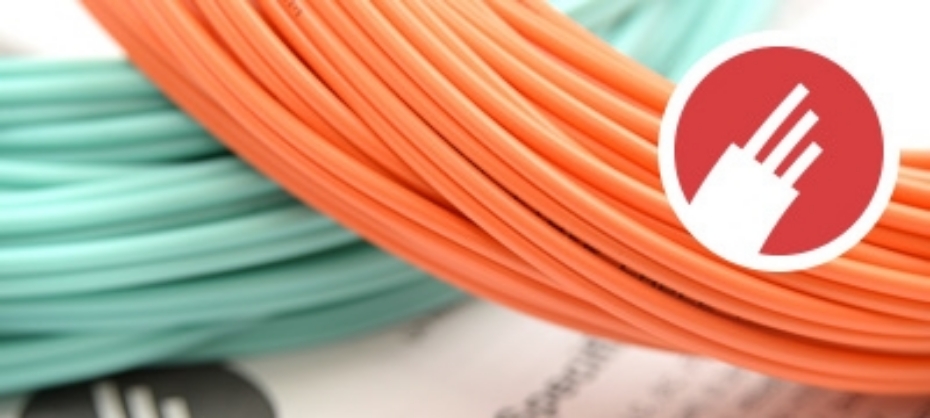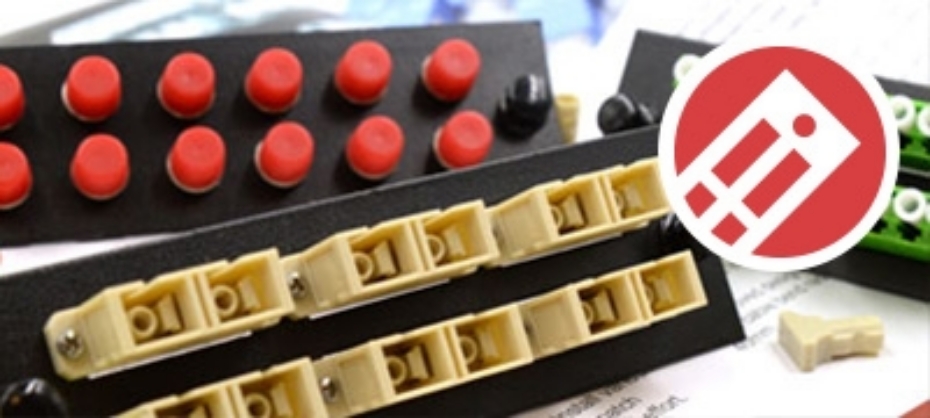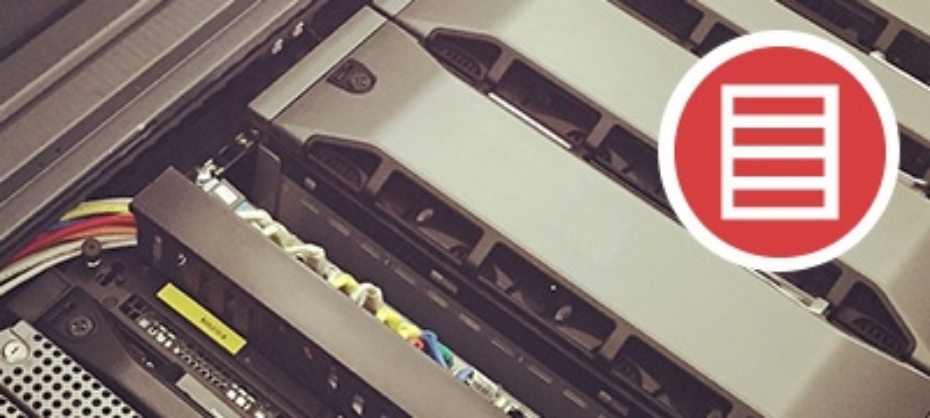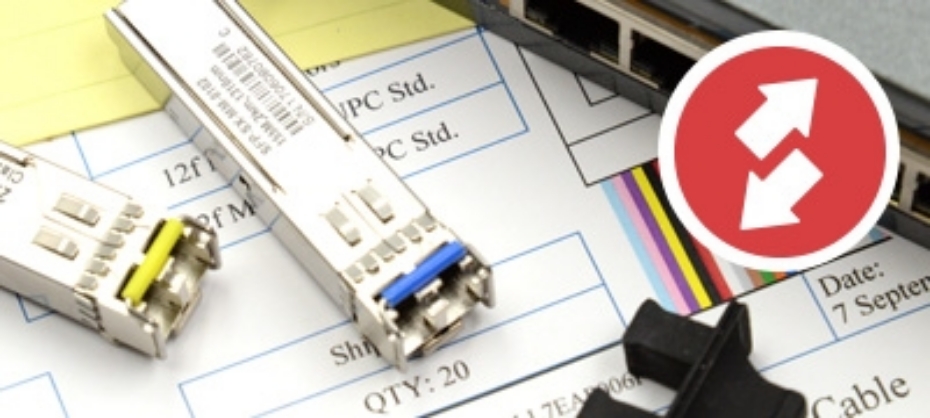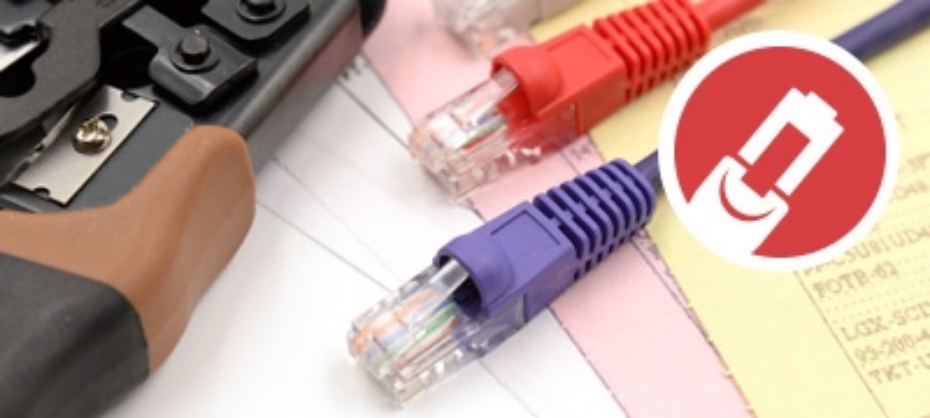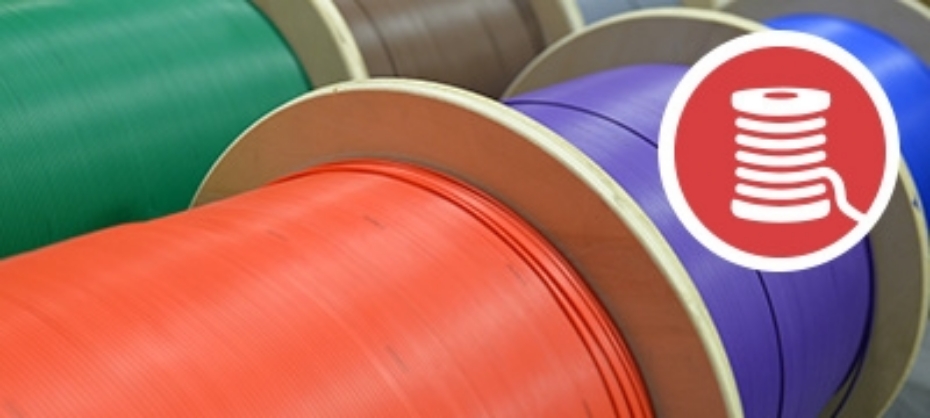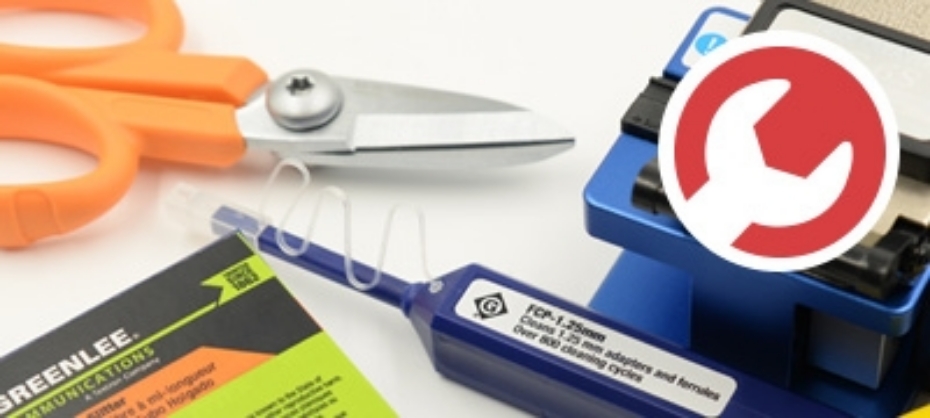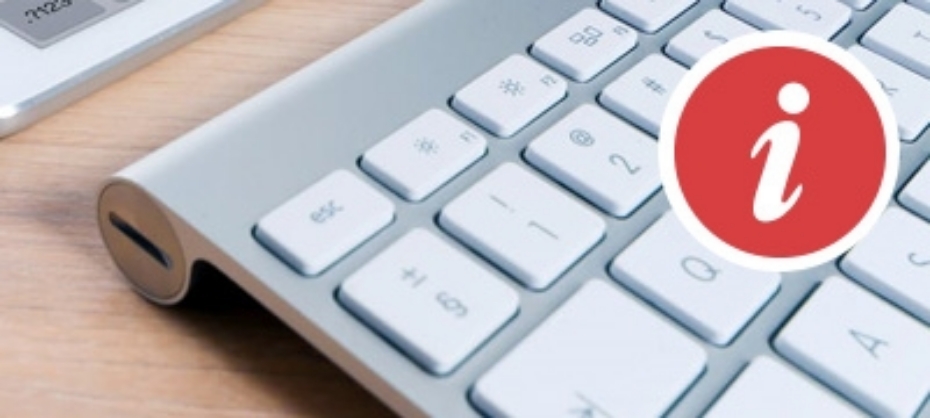With the now widespread use of high-speed fiber optic cables withing installations across the globe one of the biggest reported issues by installers is, without a doubt, is contaminated connectors. Dirty connectors are responsible for issues such as poor signal performance and outright connection failures.

Different Types of Fiber Optic Connectors
Without listing off all of the over 100 different types of fiber optic connectors, the most commonly used types include the following:
LC, SC, ST, FC, MT-RJ, E2000 and MTP/MPO.
If you'd like to learn more about these individual connectors be sure to check out our earlier blog titled A Quick Guide to Fiber Optic Connectors.
How Fiber Optics are Cleaned
There are two primary methods when it comes to the cleaning for fiber connectors: Dry Cleaning and Wet Cleaning.
Dry cleaning is mostly carried out using reel-types cassettes and push-type cleaners that wipe down the connector end faces with a dry cloth, in one direction.
Wet cleaning is seen as more 'aggressive' than dry cleaning and is great for removing airborne contaminants and oil residue. It is carried out by first wiping down the end face using a wet cleaning agent such as isopropyl alcohol and then drying it off to remove any additonal residue.
Below is a basic outline of the fiber optic cleaning process.

Important: Wet cleaning is not advised for recepticles and bulkheads as equipment damage can occur.

